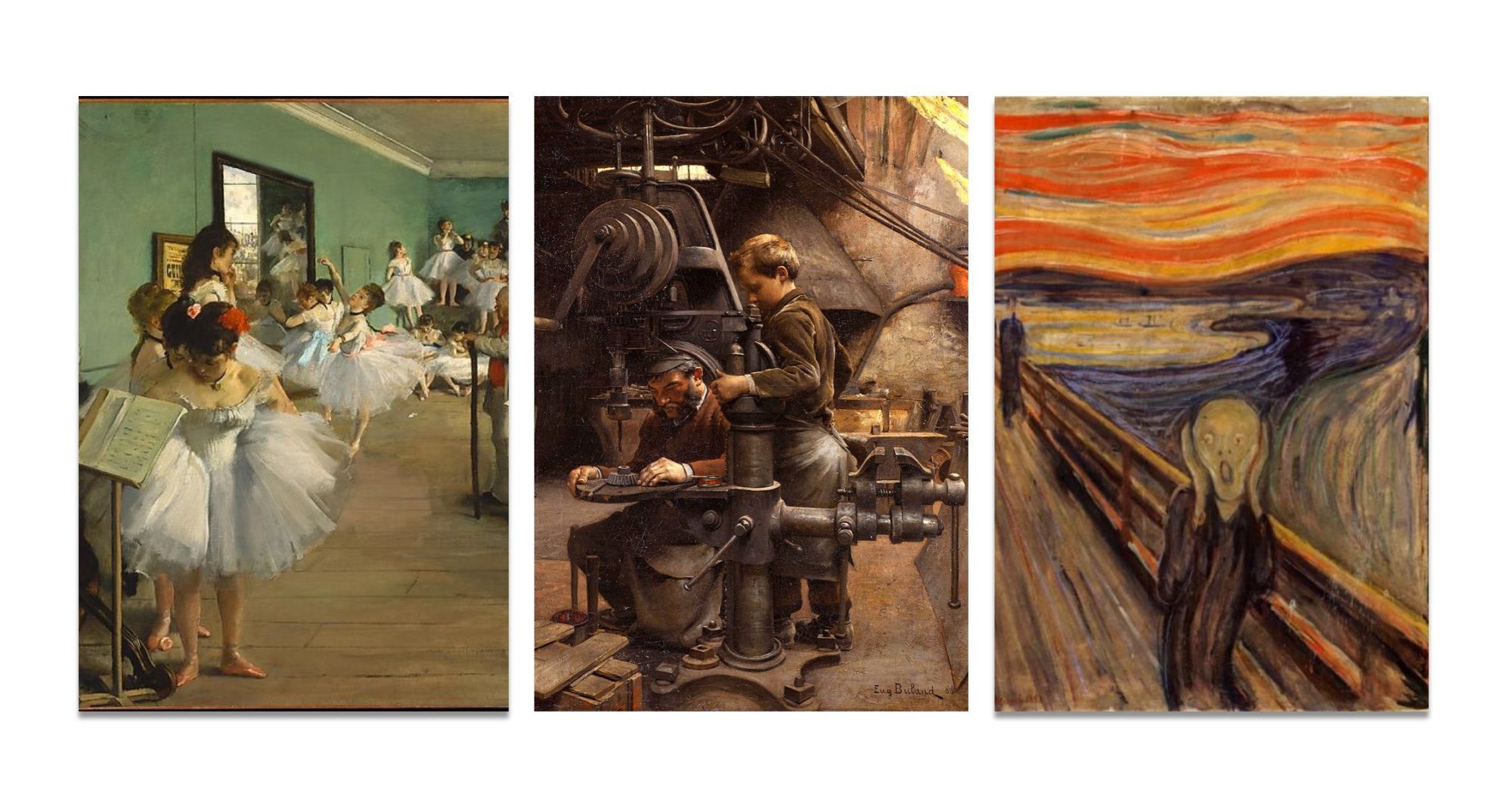In the story of “Ruth” by Elizabeth Gaskell, the reader follows the life of Ruth Hilton. Since it was first written in 1853 there are similar themes that we’ve discussed as a class since then which can also be found in many other works that were published during this time period. In the case of the book “The Scarlet Letter” written by Nathaniel Hawthorne in 1850, the reader once again see some of the same themes represented within both texts. These two books show insight as to society’s overall beliefs within the time period.
In the story Ruth Hilton meets Henry Bellingham one night at a ball while fixing a dress that had been torn. After their first original meeting they eventually end up lovers and have sex out-of-wedlock and Ruth finds herself pregnant after Henry leaves her. Hester Prynne of “the Scarlet Letter” goes through a similar story; while waiting for word from her husband she has an affair with the Arthur Dimmesdale who she later thinks is the father of her daughter Pearl. Within both stories the main characters go through series of regret, remorse, embarrassment, and even suicidal thoughts and as a result of having read the two books one can make connections between these two fictional stories and the views that society had as well.
After reading the two works, social views on the subject on adultery are quite clear. In both texts the woman is seen as being weak or of a lower standard than the man involved. In the case of Ruth Hilton, she was an apprentice for a dressmaking business and for Hester Prynne she was known for doing charitable work in the town. On the other spectrum, the men in both stories hold positions that are tied with respect and power. For Henry Bellingham, he was a young aristocrat when the two first met and for Arthur Dimmesdale, he was the town’s distinguished minister at the church. In addition to these two stories, poetry has also captured society’s view at the time.
Robert Browning wrote “Porphyria’s Lover” in 1836 in which the speaker in the poem goes in-depth with an encounter with his lover during a storm one night while at his cottage.
“Blaze up, and all the cottage warm;
Which done, she rose, and from her form
Withdrew the dripping cloak and shawl,
And laid her soiled gloves by, untied
Her hat and let the damp hair fall,
And, last, she sat down by my side
And called me. When no voice replied,
She put my arm about her waist,
And made her smooth white shoulder bare,
And all her yellow hair displaced,
And, stooping, made my cheek lie there,
And spread, o’er all, her yellow hair,
Murmuring how she loved me—”
In this segment the speaker’s lover is throwing herself at him by showing her “smooth white shoulder bare”. But later on in the poem the reader finds out just what the speaker does after that happens. For further reading or to see the outcome of the poem click here: http://www.bartleby.com/101/720.html
As a whole, it is obvious through these works what beliefs society held towards women, adultery, and the higher status of men. In the cases of “Ruth” and “The Scarlet Letter” both women were seen as the lower person and even more so due to their adultery. These beliefs were so rigid that even when Hester Prynne’s husband was gone for years with no word, believed even to be dead, it was still believed she must be loyal to her husband. Through these works and many others from this era, the reader can gain a better idea of the time period and the many shifts in view since then.
-MY
Additional References:
1. http://manybooks.net/titles/hawthornenetext92scrlt12.html


